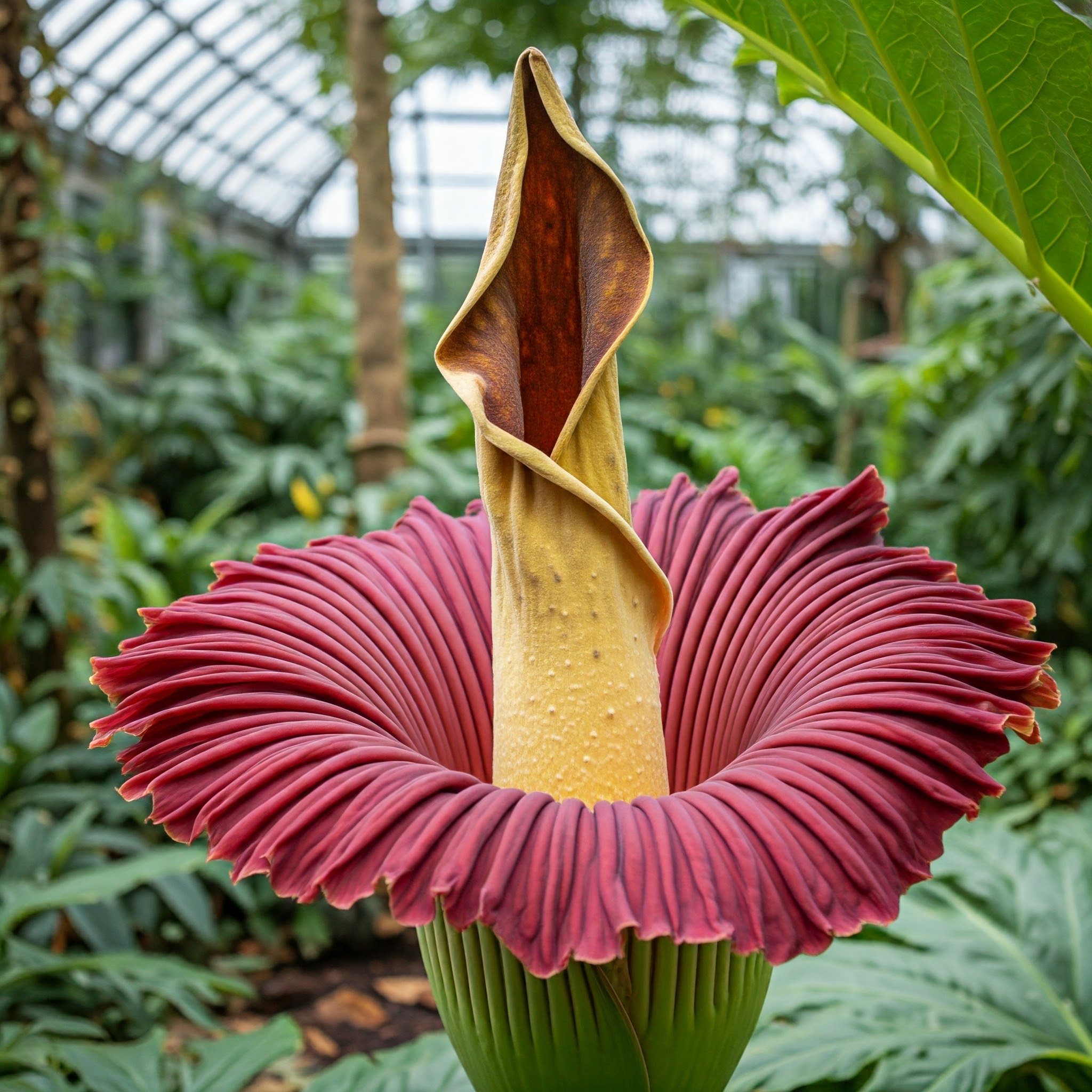
Broomrape, a name that might conjure images of garden nightmares, is surprisingly a fascinating flowering plant with a unique parasitic lifestyle. Unlike most garden residents, broomrape thrives by attaching itself to the roots of specific host plants, stealing water and nutrients to fuel its own growth. Despite its parasitic nature, broomrape produces delicate and often captivating flowers that can add a touch of the unusual to your garden.
This comprehensive guide will unveil the secrets to successfully cultivating broomrape in your own backyard. We’ll delve into everything you need to know, from selecting the appropriate host plant to nurturing your broomrape to bloom.
Choosing the Right Host Plant
Broomrape isn’t a free spirit in the garden; it depends entirely on specific host plants for its survival. Selecting the right host is the foundation for a thriving broomrape experience. Here’s a breakdown of some common broomrape species and their compatible companions:
| Broomrape Species | Compatible Host Plants |
| Branched Broomrape (Orobanche ramosa) | Hemp, Sunflower, Tomato |
| Clover Broomrape (Orobanche minor) | Red Clover, White Clover, Crimson Clover |
| Common Broomrape (Orobanche vulgaris) | Broad Beans, Faba Beans, Vetches |
| Ivy Broomrape (Orobanche hederae) | Ivy |
Key Considerations:
- Plant Specificity: Each broomrape species has a narrow range of compatible hosts. Straying from this list can lead to unsuccessful cultivation.
- Host Plant Health: A healthy host plant is crucial for broomrape’s success. Ensure your chosen host is thriving before introducing broomrape.
Seed Preparation (if applicable)
Broomrape seeds often exhibit dormancy, meaning they require specific conditions to germinate. Here’s what you might need to do:
- Scarification: Scarification involves mechanically weakening the seed coat to promote germination. This can be done by gently nicking the seed coat with a nail file or sandpaper.
- Storage: Store broomrape seeds in a cool, dry place in an airtight container until planting time.
Note: Some broomrape varieties, particularly those commercially available, might come pre-treated for germination, eliminating the need for scarification. Always refer to the specific instructions provided with your seeds.
Planting Your Host Plant
Whether you’re planting your host plant from seed or using a young seedling, ensure you provide it with the optimal environment to flourish. Here are some key factors to consider:
- Soil Type: Research the preferred soil type for your chosen host plant. Well-draining, fertile soil is generally ideal for most broomrape hosts.
- Sunlight: Provide the host plant with its preferred sunlight requirements. Some broomrape hosts, like sunflowers, thrive in full sun, while others, like clover, prefer partial shade.
- Watering: Water your host plant regularly, especially during its establishment phase. Aim to maintain consistent moisture without waterlogging the soil.
Container Considerations:
Growing your host plant in a container can offer greater control over its environment and potentially make it easier to manage the broomrape later. Just ensure the container is large enough to accommodate the mature size of your chosen host plant.
Introducing Broomrape Seeds (or Seedlings, if purchased)
Once your host plant is established and actively growing, it’s time to introduce the broomrape. Here’s how:
- For Seeds: Sow broomrape seeds directly around the base of your host plant, just below the soil surface. Lightly water the area to settle the seeds.
- For Seedlings: Carefully transplant pre-grown broomrape seedlings near the base of your host plant. Ensure good contact between the broomrape roots and the host plant’s roots.
Important Note: Broomrape seeds require a chemical signal from the host plant’s roots to germinate. Sowing the seeds in close proximity to the host is crucial for successful attachment.
Cultivation and Care
With your broomrape nestled near its host, here’s how to nurture both plants for success:
- Watering: Continue to water your host plant regularly, maintaining consistent moisture in the soil. However, avoid overwatering, as this can harm both the host and the broomrape.
- Fertilization: Since broomrape obtains nutrients from its host, additional fertilization for the broomrape itself is typically not necessary. However, you can provide a balanced fertilizer to your host plant according to its specific needs. This will indirectly benefit the broomrape as well.
Monitoring and Potential Challenges
Keeping a watchful eye on your broomrape and host plant is vital. Here’s what to look out for:
- Attachment: After several weeks, you should start to see signs of successful attachment. The broomrape stem will begin to emerge from the soil near the base of the host plant.
- Host Plant Health: Monitor the health of your host plant. Wilting, yellowing leaves, or stunted growth could indicate insufficient nutrients or other issues that might indirectly affect the broomrape.
- Pests and Diseases: Be vigilant for any signs of pests or diseases that might target your host plant. Addressing these promptly is crucial to ensure a healthy environment for both plants.
Enjoying Your Broomrape Flowers
The patience and care you’ve invested will be rewarded when your broomrape bursts into bloom! Here’s what to expect:
- Flowering Time: The flowering time for broomrape varies depending on the species. Generally, it occurs in mid to late summer.
- Flower Appearance: Broomrape flowers come in a variety of shapes and colors, with yellow, purple, and white being some of the most common. Their delicate blooms can add a unique touch to your garden.
Harvesting Considerations:
Broomrape seeds are prolific and can readily spread throughout your garden. If you don’t want unwanted broomrape volunteers, it’s best to deadhead the flowers before they set seed.
Conclusion
Cultivating broomrape is an adventure for the unconventional gardener. By understanding its parasitic nature, selecting the right host plant, and providing proper care, you can witness the captivating beauty of these unique flowers in your own garden. Remember, patience and a keen eye are key to success.
Happy Broomrape Growing!




